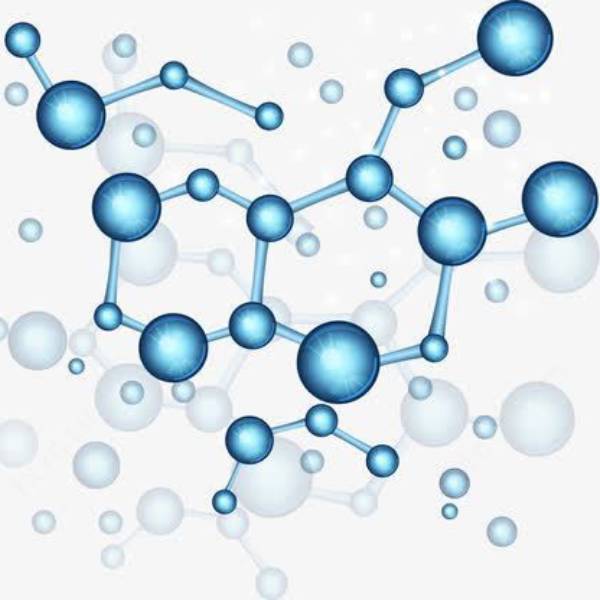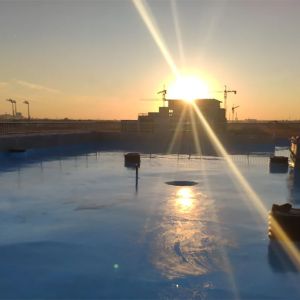| Sign In | Join Free | My himfr.com |
|
| Sign In | Join Free | My himfr.com |
|
| Ask Lasest Price | |
| Brand Name : | Zhuhai Feiyang |
| Model Number : | Chemical Structure Analysis of Polyaspartic |
| Certification : | ISO 9001-2015, ISO 14001-2015 |
| Payment Terms : | L/C, T/T |
| Supply Ability : | More than 20000 tons per year |
| Delivery Time : | 7 days after orders comfirmed |
Polyaspartic is a high-performance polymer material combining the chemical characteristics of polyurea and aspartic ester.
Polyaspartic is formed through a chemical reaction between two primary components:
Example Reaction:
Isocyanate (R-NCO) reacts with Aspartic Ester (R'-NH₂) to form polyurea chains.
This reaction generates urea linkages, creating a highly cross-linked network structure.
Illustrative Structure:
Isocyanate (-NCO)
│
└─[Reaction]─ Aspartic Ester (-NH₂)
│
└─ Formation of urea linkage (-NH-CO-NH-)
The unique chemical structure of polyaspartic provides exceptional properties:
Rapid Curing
The "delayed reaction" characteristic of aspartic ester enables a moderate initial reaction followed by rapid cross-linking, balancing controllability and efficiency during application.
High Weather Resistance
The stable aliphatic isocyanate main chain resists yellowing and has excellent UV resistance.
Toughness and Elasticity
The three-dimensional cross-linked network provides high tensile strength (above 20 MPa) and elasticity (elongation rate >300%).
Environmental Friendliness
Replacing traditional amine chain extenders with aspartic esters reduces volatile organic compound (VOC) emissions.
Chemical Corrosion Resistance
A dense cross-linked structure effectively blocks permeation by corrosive agents such as acids, alkalis, and salt mist.

Feiyang has been specializing in the production of raw materials
for polyaspartic coatings for 30 years and can provide polyaspartic
resins, hardeners and coating formulations.
Feel free to contact us: marketing@feiyang.com.cn
Our products list:
Contact our technical team today to explore how Feiyang Protech’s
advanced polyaspartic solutions can transform your coatings
strategy.
Contact our Tech Team

|




